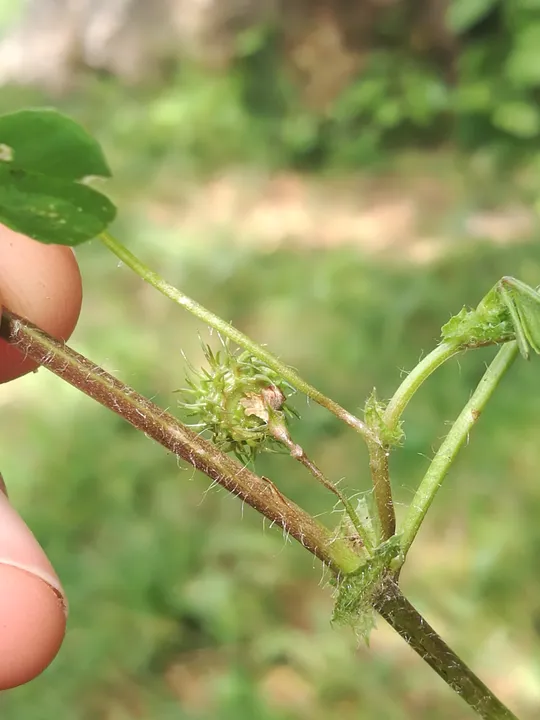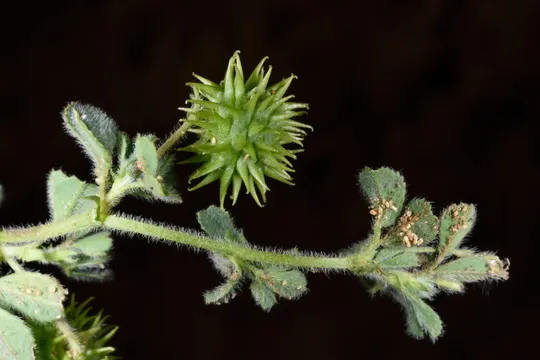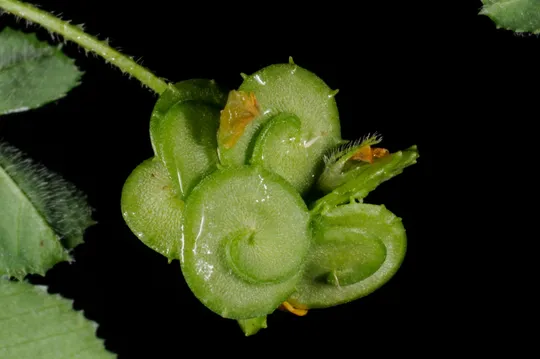Variegated Restharrow, Villous Restharrow
Ononis variegata
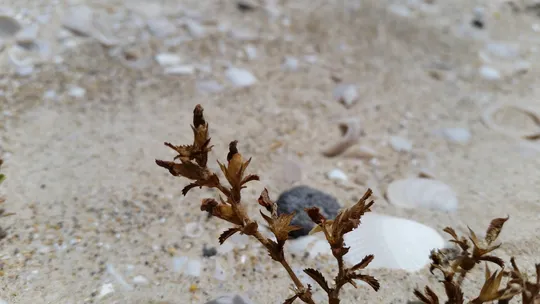
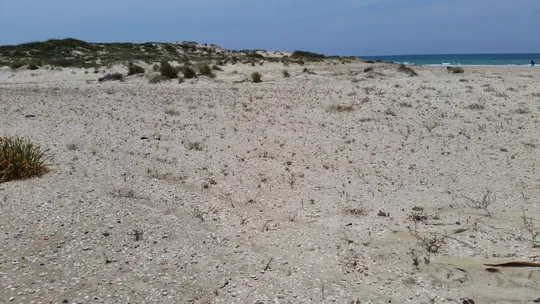

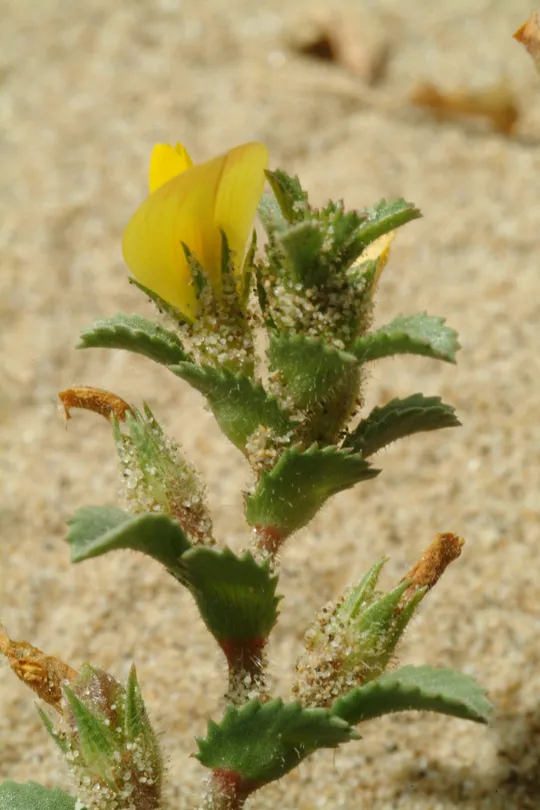
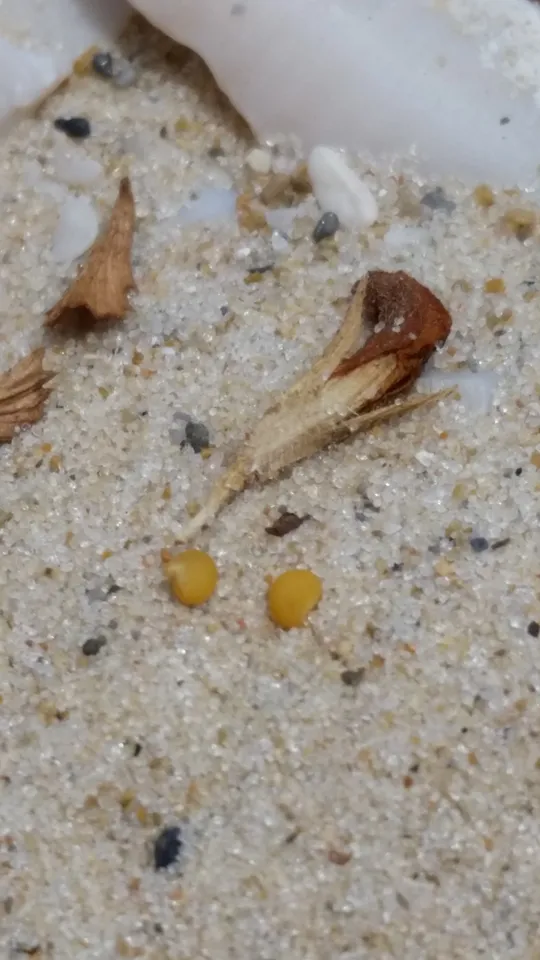
Ononis variegata is extinct in
Israel. It once grew in the coastal regions, from the Carmel Coast (Dor,
Atlit), via the Sharon (Caesarea, West Hadera) and up to Pleshet (Tel-Aviv and
Ashdod). It was collected from eight sites in the 1920s-1950s and has not been
found again. In the past it was also found near Rafiah, in the Gaza Strip.
Sandy seashores,
at the edges of the beach nearest the water line and on deep sand near the
beach, together with Elytrigia juncea and Pancratium maritimum.
The genus Ononis
is a Mediterranean genus whose center of distribution and diversity is in the
Iberian Peninsula. The genus species include dwarf shrubs and many herbaceous
annuals and perennials. All of them have characteristic glandular hairs on their
leaves, a rare feature in other Fabaceae genera in our region. The genus has 75
species, 49 in Europe, 21 in the Middle East and a few species whose range
extends to Iran, Ethiopia and the Canary Islands. There are 15 species in
Israel, of which 12 are annuals and three are dwarf shrubs. The genus Ononis
is a good example of genera in which the number of annual species increases
with the distance south of Central Europe or with the decrease in altitude on
mountains ranges. Accordingly, there are two perennial species on the high
Hermon and no less than eight annual species at the foot of Mount Hermon.
The genus Ononis has
two sections that are told apart by the inflorescence structure and the shape
of the fruit. The species in the Natrix section have an inflorescence peduncle
bearing 1-2 (5) flowers, a clear node between the peduncle and the flower
pedicel and a drooping elongated pod with many seeds. In Israel the species in
this section include O. natrix, O. sicula
and O. pubescens. The second section is Ononis
that includes species with single flowers and a short erect pod. It includes O.
variegata, O. spinosa, O. pusilla and many annual species. An
additional annual species, O. serrata is found on sand
and differs from O. variegata
in its pink flowers. Another two small annual Ononis species that have small
yellow flowers are O. viscosa and O.
sicula. These do not grow in sandy areas and belong to the section Natrix.
·
Ononis variegata
is extinct in Israel. This is an extreme example of the disappearance of a
species since the 1950s (in the Israeli plant guide the species is indicated as
“common”); in the rare plants survey of the 1990s is was not found at all! O.variegata somehow slipped the minds of
botanists who had cautioned of the destruction and extinction of coastal
vegetation (Alon et al, 1981).
·
There is no
doubt that the settlement and development of the coastal plain and the pressure
on the beaches contributed to its extinction.
·
The same situation
probably also threatens the beaches of Cyprus, Greece and other Mediterranean
countries that take pride in the impressive coastal tourism development, which
is, however, devastating in terms of the marine coastal ecosystem.
Efforts should
be made to find Ononis variegata again on sandy
beaches, and if successful, to breed it in refuge gardens, to produce seeds
which can subsequently be used to reintroduce it
to nature. If it is not found, it should be bred from sources in neighboring
countries and reintroduced to nature.
Ononis variegata grows on beaches
all around the Mediterranean Sea: in the eastern Mediterranean it is found in
Israel, Lebanon, Syria, Cyprus, Aegean Islands and Turkey; in southern Europe
in Greece, Crete, Albania, Italy, Sicily, Sardinia and Corsica, Malta, Spain
and Portugal; in North Africa in Egypt,
Libya, Tunisia, Algeria and Morocco.
Ononis variegata is an annual species
of the coastal plain which "inadvertently” became extinct in Israel
because of coastal development. There is urgent need to establish a sandy
nature reserve near the seashore and to populate it with O. variegate
from neighboring countries.
אלון ע., שמידע, א. וברלינר, ר. 1981 - נגלה מחדש את הצמחים הנדירים במישור החוף. "טבע וארץ", כ"ג 3: 100-102.
Current Occupancy Map
| 1000 squre meter pixel | 5000 squre meter pixel | 10000 squre meter pixel | |
|---|---|---|---|
| number of observations | 0 | 0 | 0 |
| in total pixels | 0 | 0 | 0 |
| Family | Fabaceae |
| Classification | On the endangered species list |
| Ecosystem | Mediterranean |
| Chorotype | Mediterranean |
| Conservation Site |
| Rarity |
1
6
6
|
|---|---|
| Vulnerability |
0
4
4
|
| Attractiveness |
0
0
4
|
| Endemism |
0
0
4
|
| Red number |
1
5.2
10
|
| Peripherality | W |
| IUCN category | DD EW EX LC CR EN VU NT |
| Threat Definition according to the red book | Endangered |
 Based on:
Based on:

